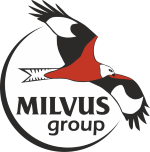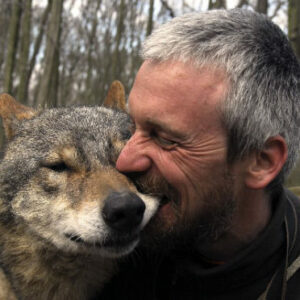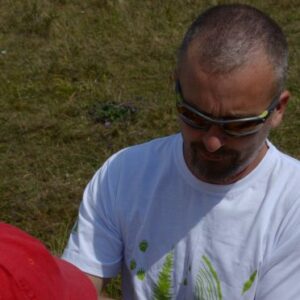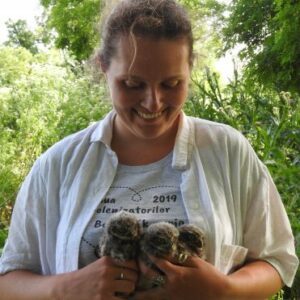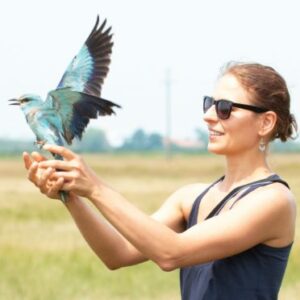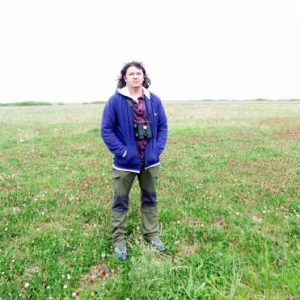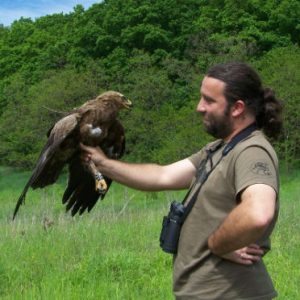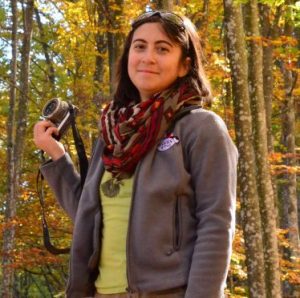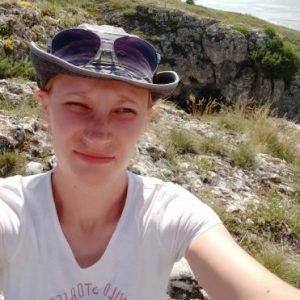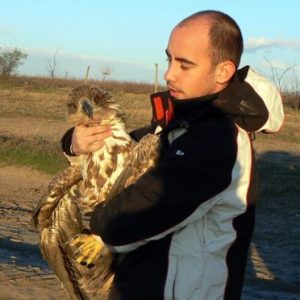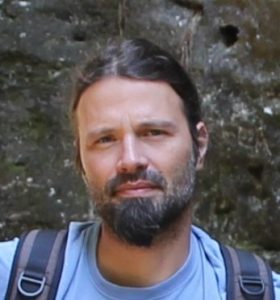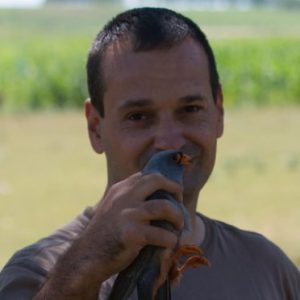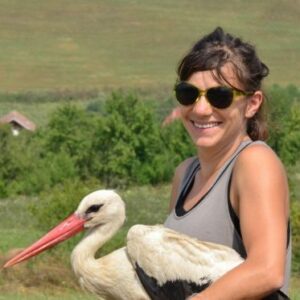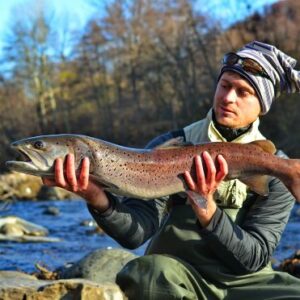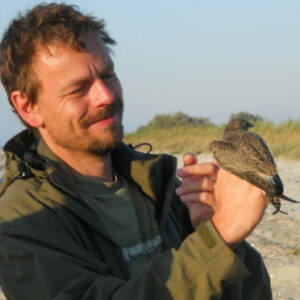Goal of the program
The program aims to contribute to the conservation of the Romanian brown bear population through the creation of a model area in the sense of practical bear conservation and conservation oriented scientific research, demonstrating good practices applicable elsewhere too.
Location of the program
Most of the program activities are concentrated in two adjacent target areas: a hilly area (Western foothills of the Gurghiu Mountains, located in Mures County) and part of the Gurghiu Mountains (south of the Gurghiu River, part of Romania’s Eastern Carpathians, located in Mures and Harghita Counties). Some of the activities are not restricted to the two areas.

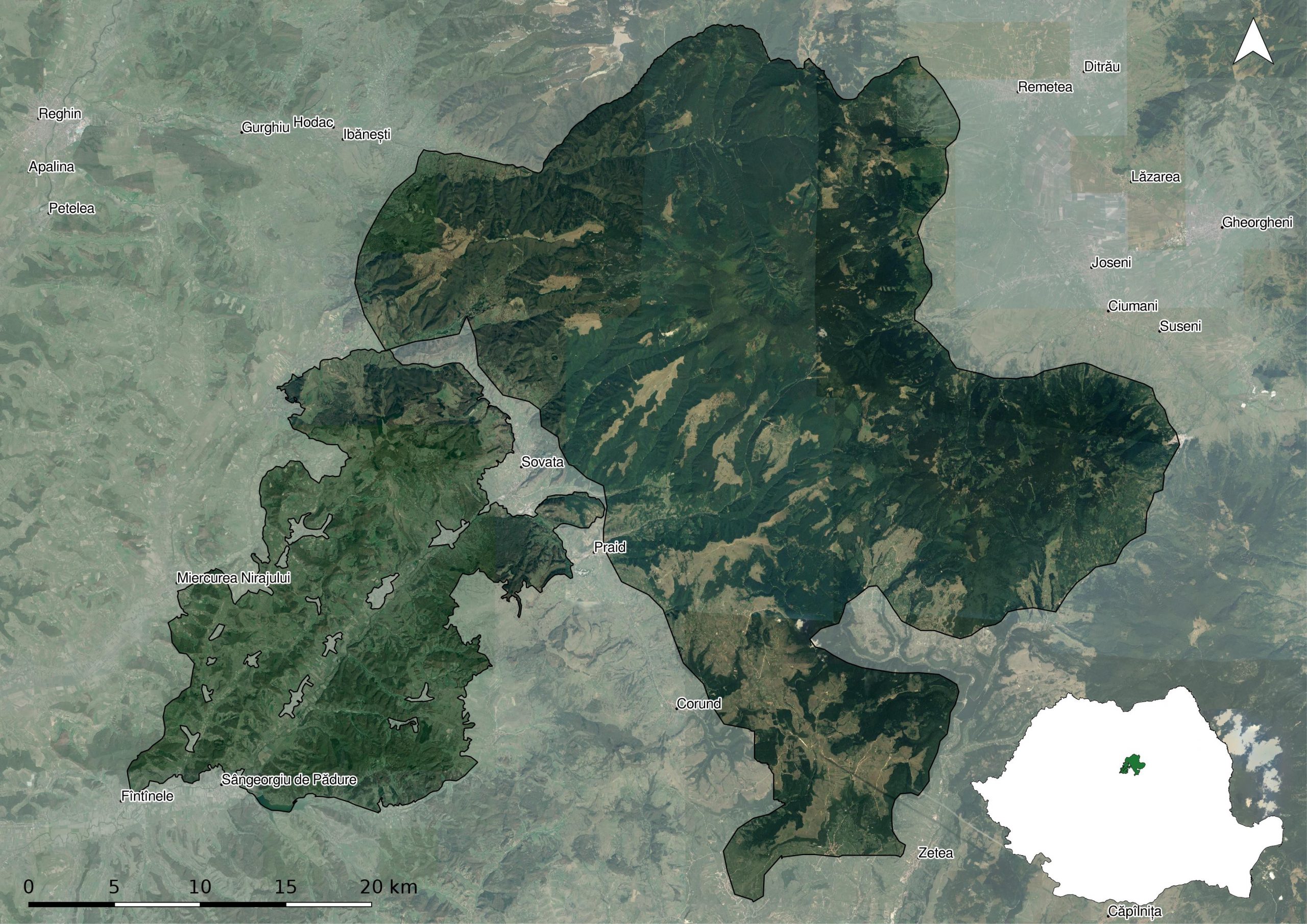
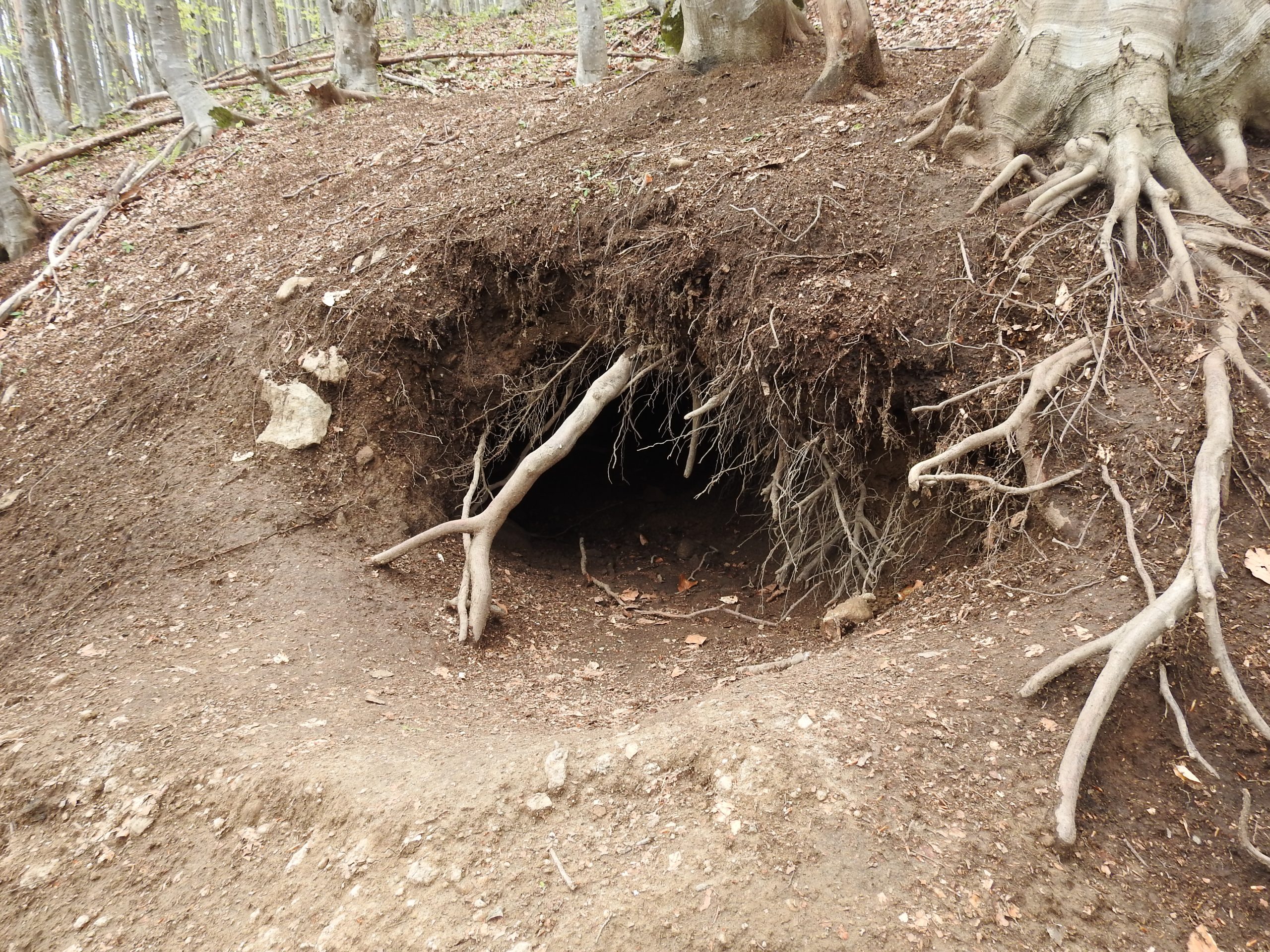
Objectives and current activities
Objective 1. Improving the social acceptance of the species
Activity 1.1. Performing an information campaign in localities throughout the program sites and not only
Activity 1.2. Supplying the media with materials about bears and about the program
Objective 2. Improving scientific knowledge about the species – conservation oriented research
Activity 2.1. Improving scientific knowledge about bear home ranges, movement and activity patterns, habitat use
Activity 2.2. Parasitological study
Activity 2.3. Study on bear poaching in Romania
Activity 2.4. Publication of the program results in peer-reviewed journals
Objective 3. Securing a suitable habitat for the bears
Activity 3.1. Mitigating the negative effects of the planned highway sections crossing the program sites
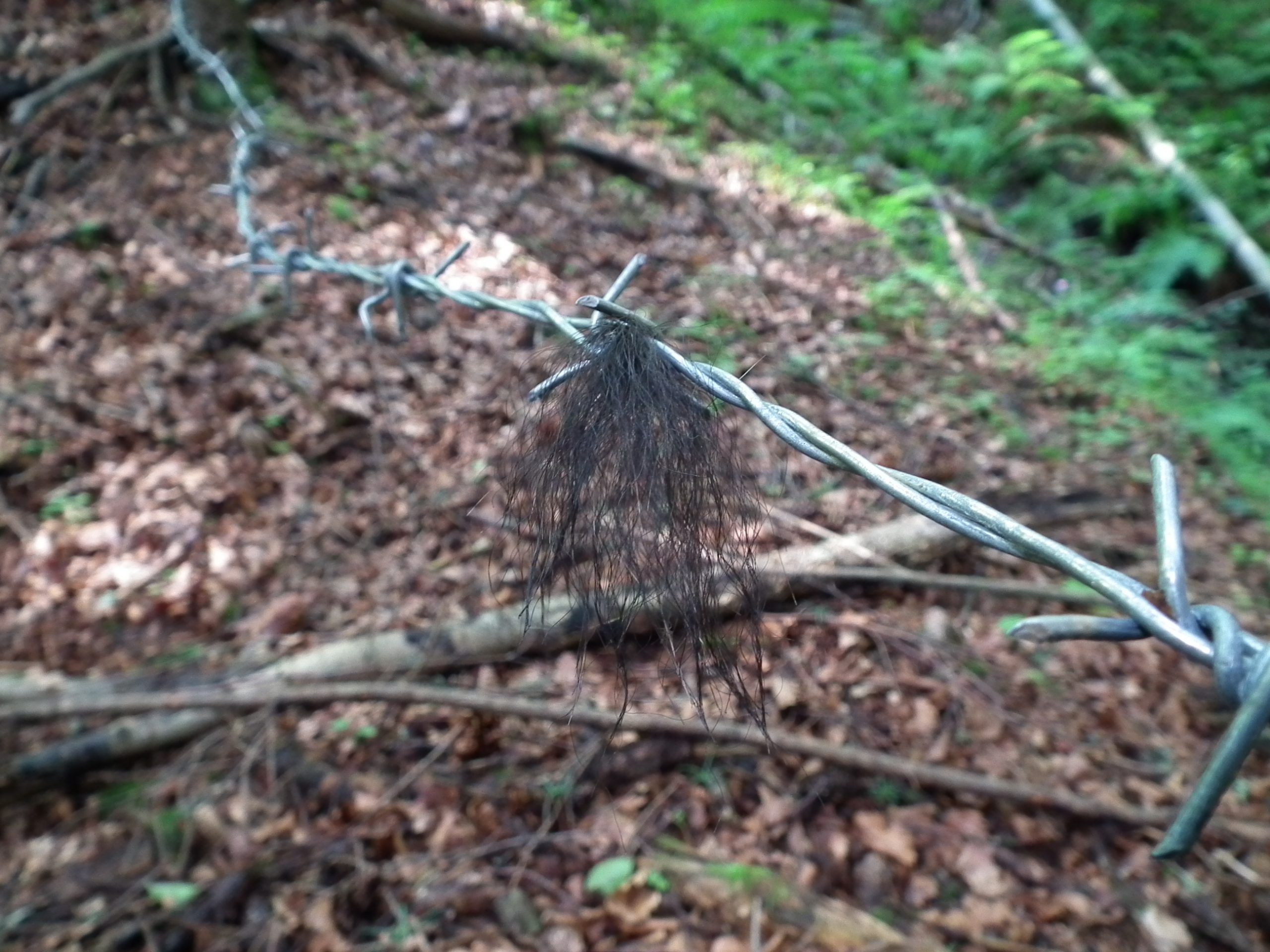
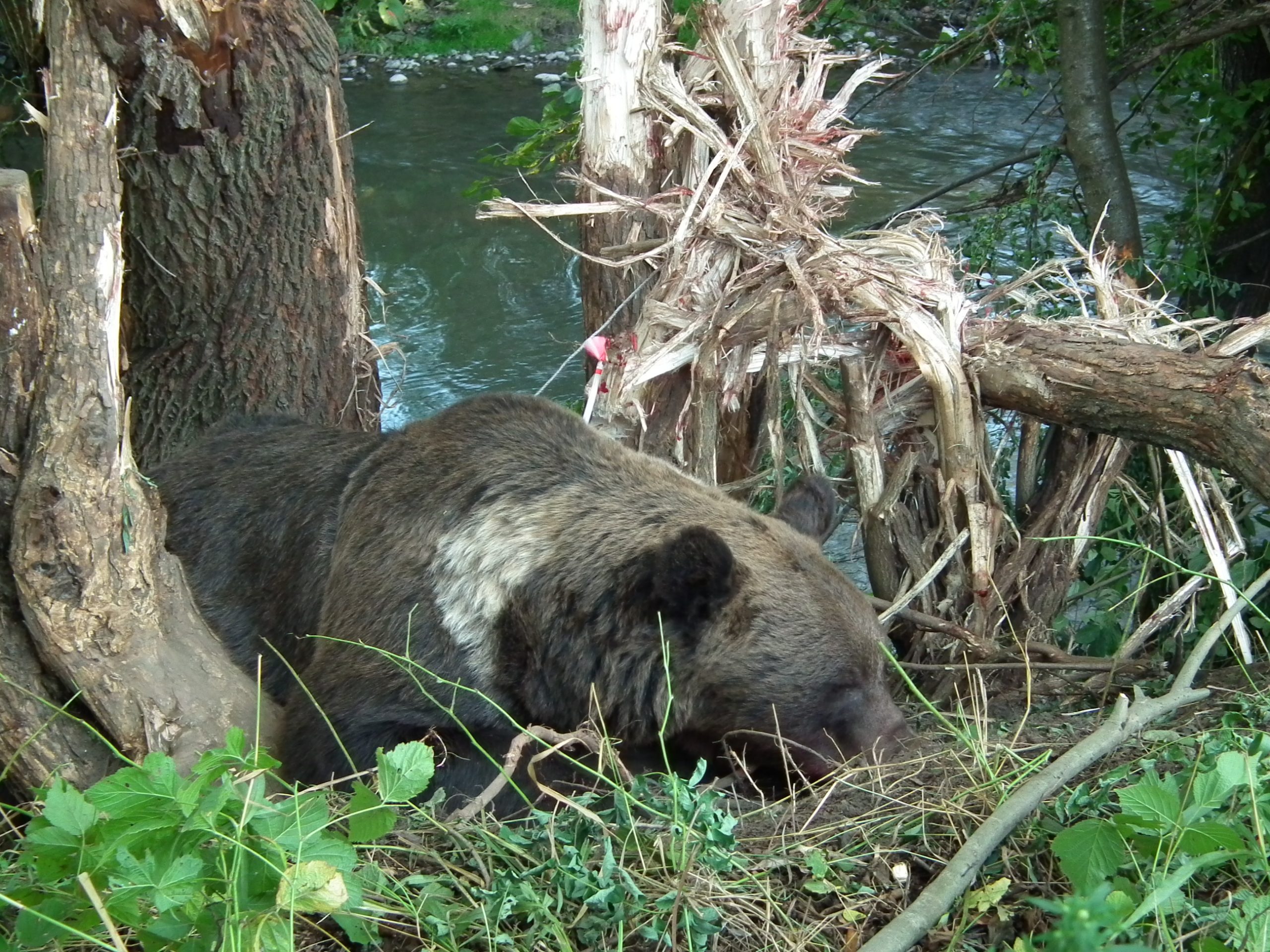
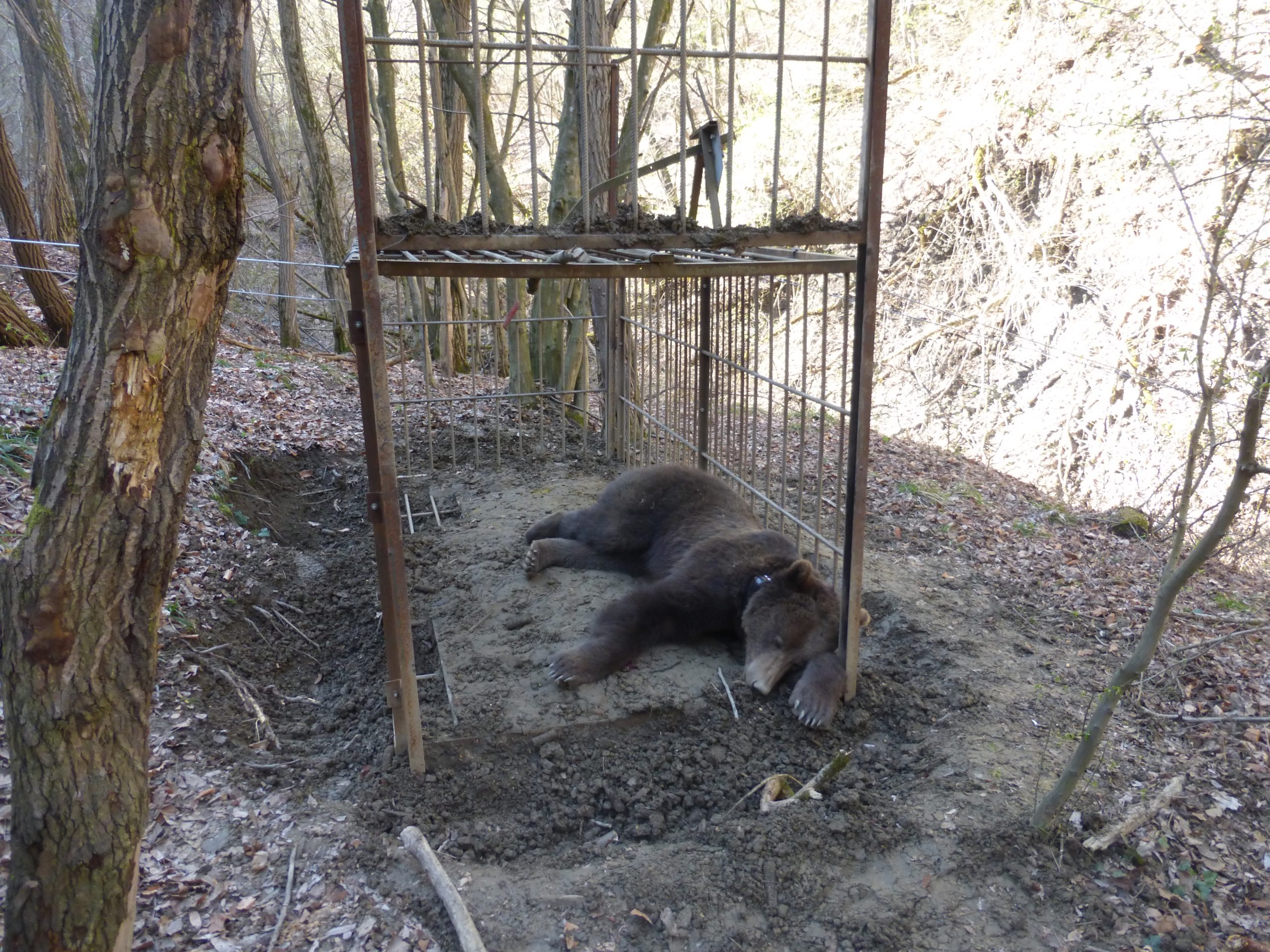
Some of our results
- 6 new protected areas (Natura 2000 sites) designated for brown bears (and other species & habitats of EU importance) on the basis of the EU Habitats Directive, for a total of 104,889 ha (ROSCI0297, ROSCI0303, ROSCI0304, ROSCI0327, ROSCI0352, ROSCI0357)
- 44 bear cubs rescued (since 2011), in cooperation with Vets4Wild and local wildlife managers and handed over to the Bear Again Rehabilitation Center for Orphan Bears in the Hasmas Mountains, Romania (2 more cubs had to be euthanized)
- 14 bears saved from poachers’ snares (since 2011), in cooperation with Vets4Wild and local wildlife managers (additionally, 1 bear was found dead in a snare)
- 125 bear dens and 13 open nests located and measured (since 2008), in cooperation with local wildlife managers
- 211 scats (collected from free ranging bears), respectively 43 samples from harvested bears (provided by local wildlife managers) examined for endoparasites (2011-2016), in cooperation with Vets4Wild
- genetic samples collected from more, than 150 individual bears (since 2008), partially in cooperation with local wildlife managers
- 8 habituated bears successfully relocated (since 2011), in cooperation with local wildlife managers and Vets4Wild
- 35 bears fitted with GPS-GSM collars (since 2011), in cooperation with local wildlife managers and Vets4Wild
- 6 high-quality electric fences mounted and donated to local farmers damaged by bears
- continuously growing dataset on the bear use of the planned Tirgu Mures-Iasi-Ungheni (A8) highway route (Tirgu Mures-Ditrau and Ditrau-Targu Neamt sections): tracking data (both sections), hair trapping (genetic) data (Ditrau-Targu Neamt section), telemetry data (Tirgu Mures-Ditrau section). For the Westernmost section of the planned highway (Tirgu Mures-Ditrau) we have finalized a document providing comprehensive and concrete recommendations and solutions for drastically improving highway permeability for bears and other terrestrial mammals alike. The Catalogue of Measures for this section will be made available to all interested parties and will form the basis of our future negotiations with the highway planners and the relevant Romanian authorities.
- extensive questionnaire survey in 4 study sites about the public perceptions of three large carnivore species: brown bears, wolves and Eurasian lynx, involving a total of 865 locals, in cooperation with a PhD student from the University of Cambridge
- a series of mass-media appearances throughout the years. Some highlights: BalkanInsight, Guardian, Smithsonian, YaleEnvironment360, Nat Geo Wild France, Arte
- 9 episodes of Bear Facts (mini-series of movie clips on brown bear biology, ecology, respectively conservation and management aspects; in Hungarian and in Romanian, with English subtitles) finalized in cooperation with Blue Frog Film & Media and made public
- 4 peer-reviewed papers published so far with the program’s contribution
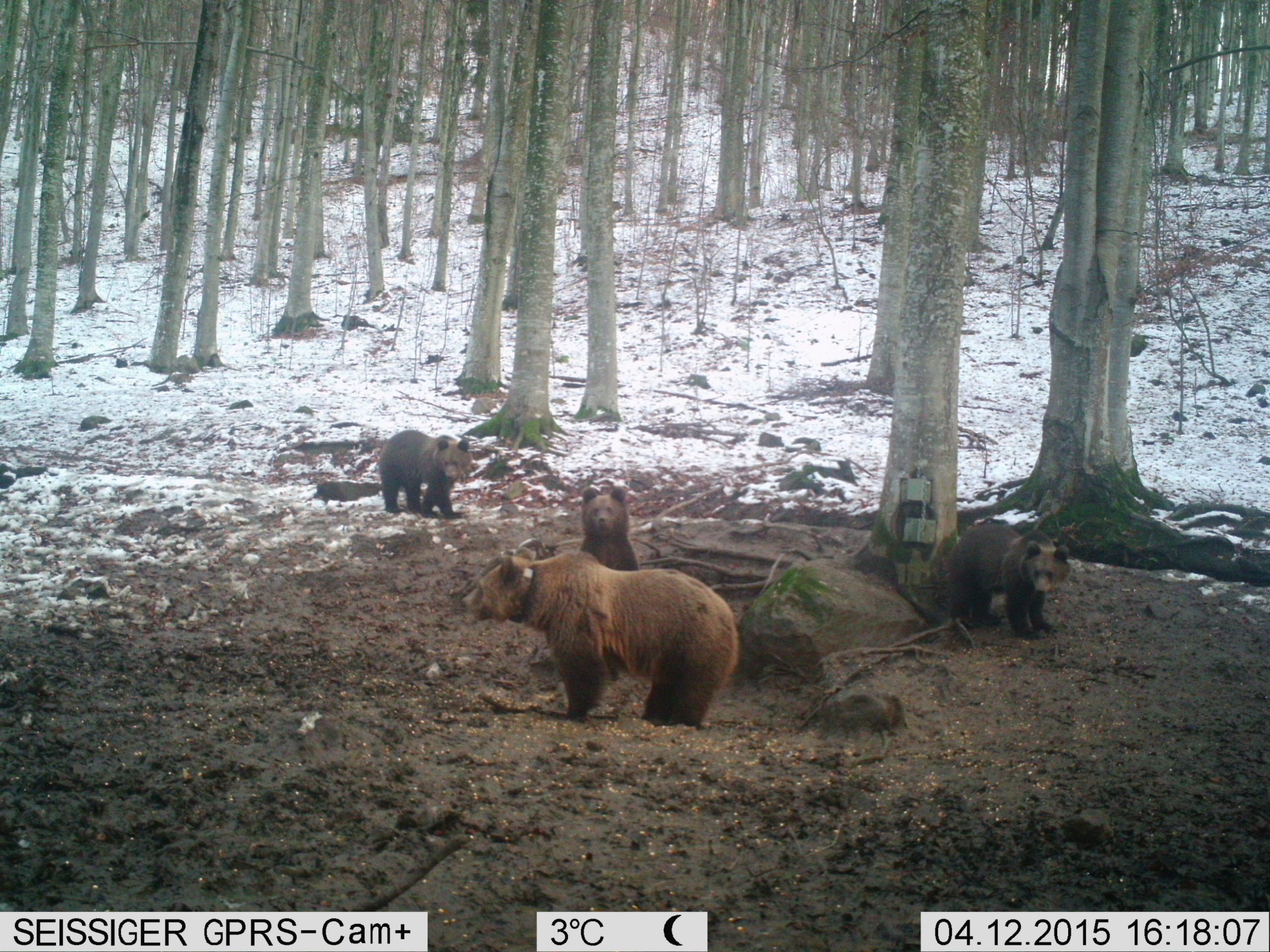

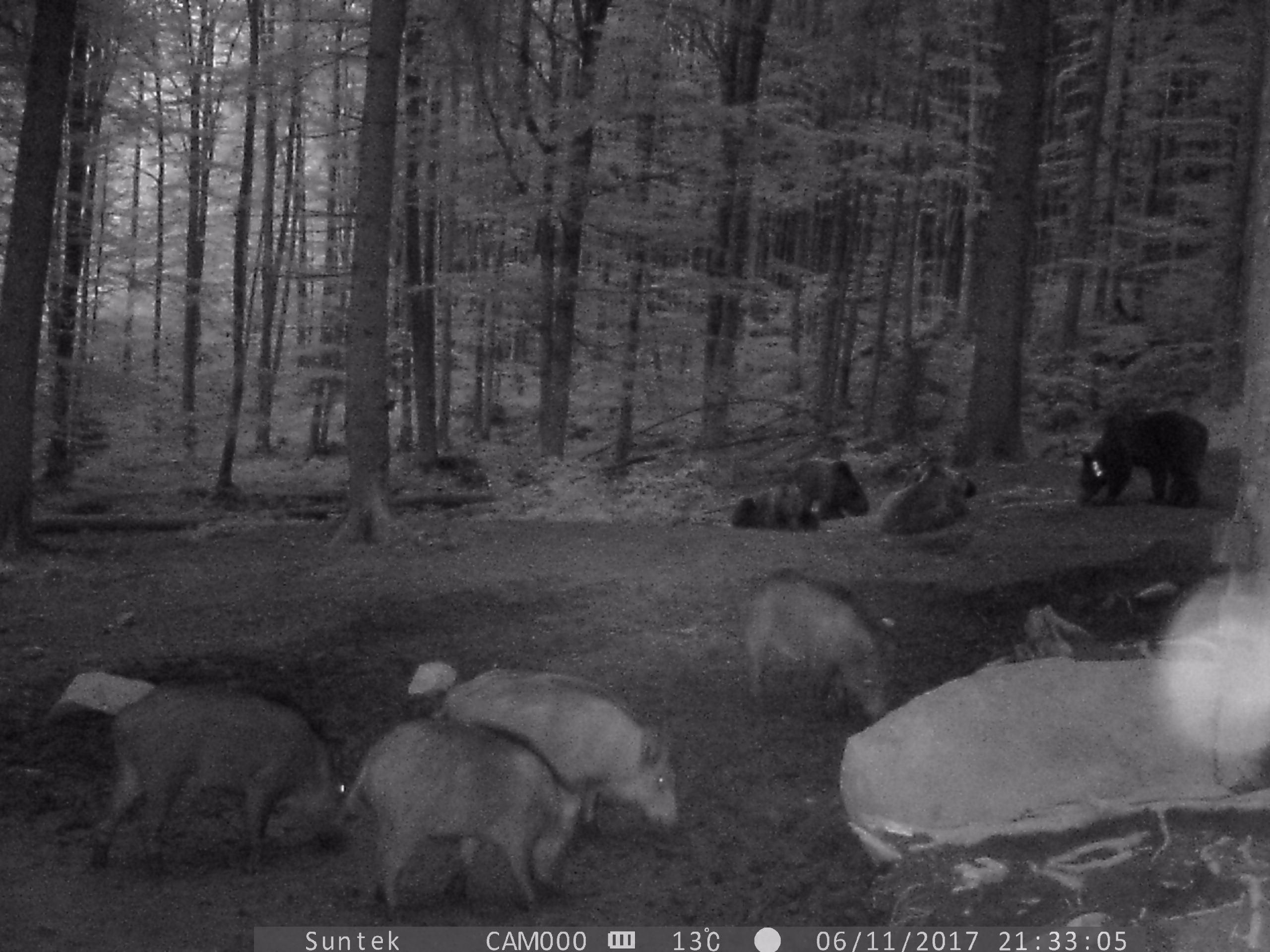
Peer-reviewed publications with the program’s contribution
Faure U*, Domokos C*, Leriche A, and Cristescu B. 2020. Brown bear den characteristics and selection in eastern Transylvania, Romania. Journal of Mammalogy 101(4):1177–1188. (DOI: 10.1093/jmammal/gyaa047) [* shared first authorship] [link]
Cristescu B, Domokos C, Teichman KJ, and Nielsen SE. 2019. Large carnivore habitat suitability modelling for Romania and associated predictions for protected areas. PeerJ 7:e6549. (DOI: 10.7717/peerj.6549) [link]
Borka-Vitális L, Domokos C, Földvári G, and Majoros G. 2017. Endoparasites of brown bears in Eastern Transylvania, Romania. Ursus 28(1):20-30 (DOI: 10.2192/URSUS-D-16-00015.1) [link]
NoNowak C, Domokos C, Dutsov A, and Frosch C. 2014. Molecular evidence for historic long-distance translocations of brown bears in the Balkan region. Conservation Genetics 15(3):743-747 (DOI: 10.1007/s10592-014-0570-7)[link]
Supporters
Current
Past
International Association for Bear Research and Management (IBA)
Matra-Knipp Programme, Netherlands Embassy in Bucharest
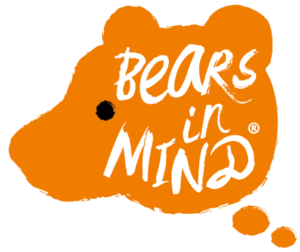
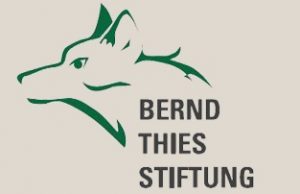

Cover photo: Kinga Mihaly
